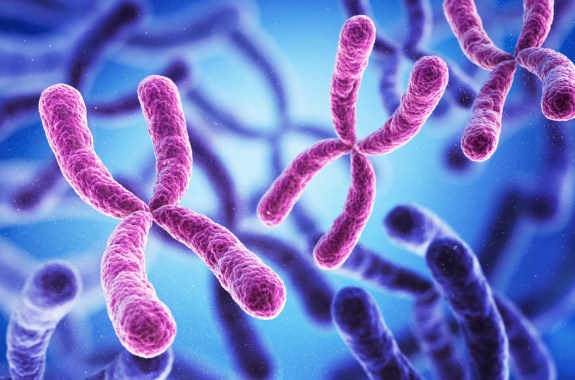Microorganisms on the Move
In this activity, students will learn how to prepare deep well slides for observing two types of microorganisms called Paramecium (a group of protozoa, or single-celled organisms, which move with cilia, so they are called “ciliates”) and Euglena (microorganisms which move with flagella, so they are known as “flagellates”).
Design Your Own Wind Powered Turbine
Learn the parts of a wind turbine, build your own out of recyclable materials, and test it to determine how to harnesses the most wind.
Discover DNA By Making Colorful Chromosomes
Discover how human physical traits are determined by specific segments of genes, then build a simplified model of a pair of chromosomes.
Pinhole Viewer
By building their own pinhole camera, students will learn how cameras, telescopes, and their own eyes use light in similar ways.
Fossil Detectives: Use Paleontology To Solve Dino Mysteries
Act like a fossil detective—or paleontologist—to observe and examine a set of fossils to classify them as body fossils and trace fossils.
Delicious Smelling Chemistry
Use household materials to investigate and explore your ability to smell an odor, then compare and contrast results to determine if some individuals have a better sense of smell than others. Observe the Maillard reaction and how different odor molecules are released into the air.
Glowing in the Dark: Testing Phosphorescence
Learn about phosphorescence and how certain materials can absorb and store energy from a light source. Then discover which type of light gets the brightest glow from a glow-in-the-dark star.
Fun With Optics: Can You Explain How A Telescope Works?
Use simple materials to explore the properties of reflection and refraction as you discover how optics work in telescopes.
Ugh, A Bug! Get To Know Insect Anatomy
What are the distinguishing physical characteristics of an insect? Observe live crickets to learn the function of various insect body parts!
Flower Anatomy
In this activity, students will discuss the various methods by which pollination can occur in flowers or plants. Students will dissect and identify the different parts of a flower, hypothesize the function of each part, and discuss the importance or relevance of each part to pollination.





